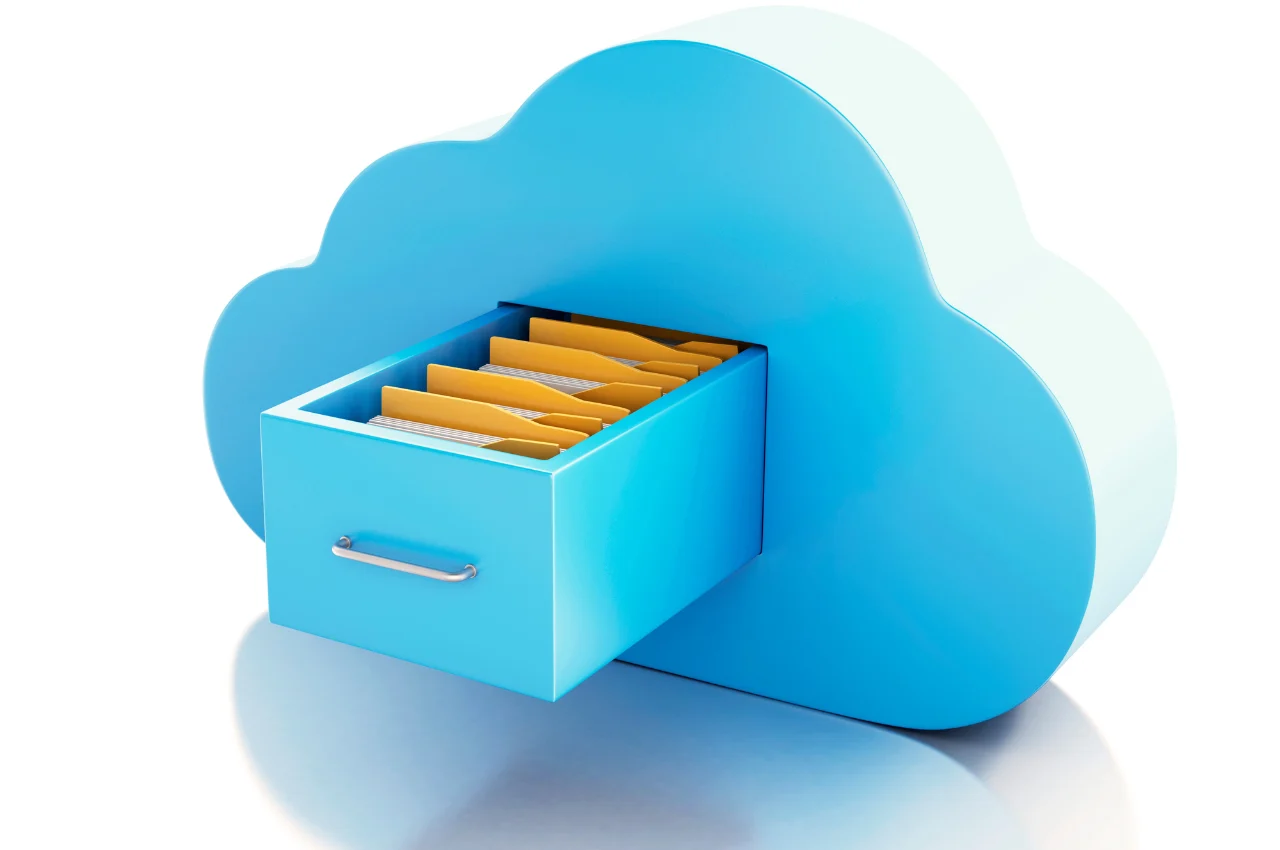To make your own web hosting server, you need to install server software on a dedicated computer. Configure the server to host your website. Building a web hosting server involves setting up server software on a dedicated computer and configuring it to host your website effectively.
This process allows you to have full control over your hosting environment, from security to resource allocation. By creating your own web hosting server, you can tailor it to your specific needs and ensure optimal performance and stability for your website. Let’s delve deeper into the steps involved in setting up your own web hosting server.
Table of Contents
Choosing the Right Web Hosting Provider
Choosing the Right Web Hosting Provider is a crucial decision that can significantly impact the performance and success of your website. With numerous options available in the market, it’s essential to identify your hosting needs, and thoroughly research and compare providers to ensure you find the best fit for your requirements.

Identifying Your Hosting Needs
Before delving into the realm of web hosting providers, it’s essential to identify your specific hosting requirements. Consider aspects such as the type of website you are planning to host, the expected traffic volume, necessary storage space, and any specific software or applications you may need. By outlining your needs, you can effectively narrow down the types of hosting services that would best suit your website.
Researching and Comparing Hosting Providers
After clearly defining your hosting needs, the next step is to embark on thorough research and comparison of various hosting providers. Utilize customer reviews, industry forums, and independent evaluations to gain insights into the performance, reliability, and customer support offered by different providers.
Look for features such as uptime guarantees, scalability options, security measures, and pricing transparency. Additionally, consider reaching out to the customer support of different providers to gauge their responsiveness and expertise.
Setting Up Your Server
Discover the steps to construct your web hosting server from scratch. Learn how to set up your server efficiently without complicated technical jargon. Follow these clear instructions to create a reliable web hosting solution tailored to your needs.
Selecting a Domain Name
Selecting a domain name is the first step in setting up your server. Choose a relevant and memorable domain name that reflects your brand or business.
Choosing The Right Server Type
When choosing the right server type, consider your website’s requirements. Evaluate whether you need a shared, VPS, dedicated, or cloud server.
Configuring Server Settings
- Start by configuring the server’s operating system to meet your website’s needs.
- Install necessary software such as a web server (e.g., Apache, Nginx) and a database server (e.g., MySQL, PostgreSQL).
- Secure your server by setting up firewall rules and implementing security best practices.
- Optimize server settings for performance and reliability.
Securing Your Server
To secure your own web hosting server, it is determined to implement robust security measures such as using firewalls, encryption, and regular software updates. Additionally, employing strong passwords and enabling two-factor authentication can help safeguard against potential attacks and unauthorized access. Regular monitoring and auditing can also ensure the continued security of your server.
Installing Security Software
When it comes to securing your web hosting server, one of the first and most determining steps is installing security software. By installing the right software, you can protect your server from potential threats and ensure the safety of your website and its data. One of the most commonly used security software is a firewall. A firewall acts as a protective barrier between your server and the outside world, monitoring and controlling incoming and outgoing network traffic.
It helps to filter out unauthorized access attempts and malicious activities. Another essential security software is an antivirus program. An antivirus program helps to detect and remove any malware or viruses that may have found their way onto your server. Regularly updating and running scans with your antivirus software is essential to ensure that your server remains secure.
In addition to a firewall and antivirus software, you might also want to consider installing an intrusion detection system (IDS) or intrusion prevention system (IPS). These systems help to monitor and analyze network traffic, providing alerts and taking actions (if necessary) in case of any suspicious or malicious activities. By installing robust security software, you can significantly enhance the security of your web hosting server.
Applying Regular Security Updates
Applying regular security updates is another crucial aspect of securing your web hosting server. Security updates, often referred to as patches, are released by software developers to fix any identified vulnerabilities or weaknesses in their software. It’s vital to regularly check for and apply these updates to ensure that your server remains protected against the latest threats.
Many popular server software, such as the operating system, control panel software, databases, and web servers, frequently release security updates. Regularly updating these components is necessary to patch any vulnerabilities before they can be exploited by hackers. It is important to note that failure to apply security updates can leave your server vulnerable to attacks, potentially leading to unauthorized access, data breaches, or other security incidents.
To simplify the process of applying updates, you might consider setting up automatic updates for your server software. This way, you can ensure that you are always running the latest secure version of the software without any manual intervention. Remember, staying up-to-date with security updates is a determining aspect of maintaining a secure web hosting server. In conclusion, securing your web hosting server is of utmost importance to protect your website and its data from potential threats.
By installing security software such as a firewall, antivirus program, and intrusion detection system, you can effectively shield your server from unauthorized access attempts and malicious activities. Additionally, applying regular security updates is determining to patch any vulnerabilities and ensure that your server remains protected against the latest threats. By following these practices, you can significantly enhance the security of your web hosting server and reduce the risk of security incidents.
Optimizing Server Performance
When it comes to creating and maintaining your own web hosting server, optimizing server performance is crucial. Ensuring that your server runs smoothly and efficiently can have a significant impact on the overall user experience and website performance. Here are some key strategies for optimizing server performance:
Monitoring Server Performance
Implementing a monitoring system is essential for keeping track of your server’s performance in real time. By regularly monitoring vital metrics such as CPU usage, memory usage, disk I/O, and network traffic, you can identify any potential bottlenecks or issues that may arise.
Implementing Caching Mechanisms
Utilizing caching mechanisms such as opcode caching and content caching can greatly improve server performance by reducing the need to generate the same content repeatedly. Caching helps speed up the delivery of web pages and significantly reduces server load, resulting in faster response times for website visitors.
Backing Up Your Data
Learn how to create your own web hosting server and keep your data safe by backing it up regularly. With these simple steps, you can ensure that your website is always up and running without relying on third-party hosting services.
Setting Up Regular Backup Schedule
One of the most determining steps in setting up your own web hosting server is ensuring that you have a regular backup schedule in place. Backing up your data regularly helps protect your website’s files and databases in case of any unforeseen events, such as hardware failures, hacking attempts, or accidental deletion of files. Setting up a backup schedule ensures that your data is always up-to-date and you can quickly restore it if the need arises.
Here are a few key points to consider when setting up a regular backup schedule:
- Frequency: Determine how often you want to back up your data. This could be daily, weekly, or even hourly depending on the frequency of updates to your website.
- Automation: Automating the backup process ensures that backups happen regularly without manual intervention. Use backup software or plugins that allow you to schedule backups at a specific time.
- Retention: Decide how long you want to retain backups. It is recommended to keep multiple revisions, so you have the option to restore from different points in time.
- Verification: Regularly verify your backups by testing the restoration process. This helps ensure that your backup files are valid and can be successfully restored when needed.
Utilizing Cloud Storage For Backups
In addition to setting up a regular backup schedule, utilizing cloud storage for backups adds an extra layer of security and convenience. Cloud storage services offer scalable and reliable storage solutions that are accessible from anywhere with an internet connection.

Here’s why you should consider using cloud storage for your backups:
- Redundancy: Cloud storage providers often have multiple data centers spread across different locations. This redundancy ensures that your data is stored in multiple copies, reducing the risk of data loss.
- Accessibility: With cloud storage, you can access your backups from anywhere, making it easier to restore your website’s data even if your server is down. This flexibility comes in handy during emergencies.
- Scalability: Cloud storage allows you to easily increase your storage capacity as your website grows. You can start with a small storage plan and expand it as needed without any hardware limitations.
- Automatic Syncing: Many cloud storage services provide automatic syncing, ensuring that your backups are always up-to-date. This saves you from the hassle of manually initiating backups every time.
Managing Server Resources
Optimizing server resources is crucial when building a web hosting server. Efficiently managing resources can be achieved by using virtualization technology to allocate CPU, memory, and storage. This allows for better performance, scalability, and cost-effectiveness, ensuring a smoother hosting experience for users.
Monitoring Resource Usage
Monitoring resource usage is essential to ensure your web hosting server runs smoothly and efficiently. Keeping track of key metrics helps you identify potential issues and optimize performance:
- CPU Usage: Monitoring CPU usage helps you understand how much processing power is being consumed. High CPU usage might indicate that you need to allocate more CPU resources or optimize your applications.
- RAM Usage: Tracking memory usage ensures that your server has enough RAM to handle active processes. Insufficient RAM can lead to slow performance and application crashes.
- Disk Space: Monitoring disk space usage prevents your server from running out of storage, which can cause downtime and data loss.
- Network Usage: Keeping an eye on network traffic helps you manage bandwidth effectively and avoid network congestion, which can slow down your website.
Scaling Server Resources as Needed
Scalability is a critical aspect of managing server resources, allowing you to adjust resources based on fluctuating demands:
- Increasing CPU Cores: When your server experiences high CPU usage, adding more CPU cores can help handle the increased load and maintain performance.
- Adding RAM: Increasing the amount of RAM can improve your server’s ability to manage more simultaneous processes and handle higher traffic volumes.
- Expanding Storage: As your data grows, expanding your server’s storage capacity ensures that you have enough space to store all necessary files and databases without compromising performance.
Troubleshooting Common Server Issues
When it comes to hosting your own web server, it’s important to be prepared for common server issues that may arise. Troubleshooting these issues is crucial for ensuring the reliability and security of your server. In this guide, we’ll cover some of the most common server issues you may encounter and how to address them.
Identifying and Resolving Downtime
Downtime can be frustrating for both website visitors and server administrators. By monitoring server uptime through tools like uptime monitors or server logs, you can quickly identify the cause of downtime. Address issues such as network connectivity problems or server overload to resolve downtime swiftly. Regular maintenance and routine checks can prevent future downtime.
Handling Security Breaches
Security breaches pose a significant threat to your server and data. Implement firewalls, regular security updates, and strong authentication mechanisms to protect against breaches. In the event of a breach, isolate affected systems, change compromised passwords, and conduct a thorough security audit to address vulnerabilities.
Growing Your Server Setup
Setting up your own web hosting server is a strategic move to optimize control and performance. Expand your server setup gradually to accommodate growth and ensure seamless functionality. Personalizing your server can enhance the security and user experience of your website.

Adding More Websites to Your Server
Your web hosting server has the potential to accommodate multiple websites, allowing you to expand your online presence effortlessly. By adding more websites to your server, you can maximize its capabilities and increase your outreach to a broader audience.
To add new websites, follow these simple steps:
- Choose a domain name: Start by selecting a unique and memorable domain name for your new website.
- Register the domain: Once you have chosen a domain name, register it with a trusted domain registrar.
- Update DNS settings: Access your DNS settings and point the new domain to your web hosting server’s IP address.
- Create a new website directory: Use File Transfer Protocol (FTP) or the file manager provided by your hosting provider to create a new directory for your website.
- Transfer website files: Upload your website files to the newly created directory using FTP or the file manager.
- Set up a database: If your website requires a database (e.g., for content management systems), create a new database and configure it accordingly.
- Configure domain settings: Access your web hosting control panel and configure the domain settings for the new website.
By following these steps, you can successfully add more websites to your server and manage them effectively.
Expanding Server Capabilities
As your online presence grows, you may need to expand the capabilities of your web hosting server to ensure optimal performance and accommodate increasing traffic. Here are a few ways to expand your server capabilities:
- Upgrade your server resources: Contact your hosting provider to upgrade your server’s CPU, RAM, and storage space to handle higher traffic loads.
- Implement caching mechanisms: Utilize caching plugins or modules to speed up website loading times and reduce server load.
- Optimize website scripts: Review and optimize your website’s scripts to ensure efficient resource utilization.
- Enable content delivery networks (CDNs): Utilize CDNs to distribute your website’s static content across multiple servers, reducing the load on your main server.
- Consider load balancing: Implement load balancing techniques to distribute traffic evenly across multiple servers, enhancing server performance and reliability.
- Integrate a scalable infrastructure: Explore cloud hosting options that provide the flexibility to scale your server resources as your website traffic grows.
By expanding your server capabilities, you can ensure a seamless user experience even as your website gains popularity.
Conclusion
In this post, we’ve learned how to set up your own web hosting server. By following the steps outlined, you can have control over your website’s performance and security while saving money. With an understanding of the process, you’ll be able to tailor your server to meet your specific needs. Create a powerful and reliable website with your own web hosting server today!


